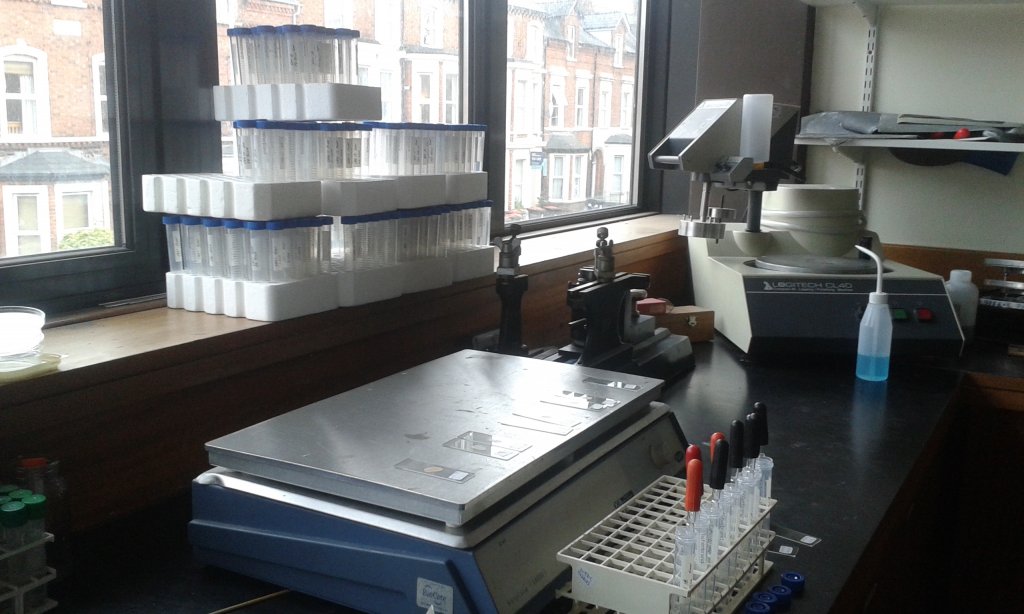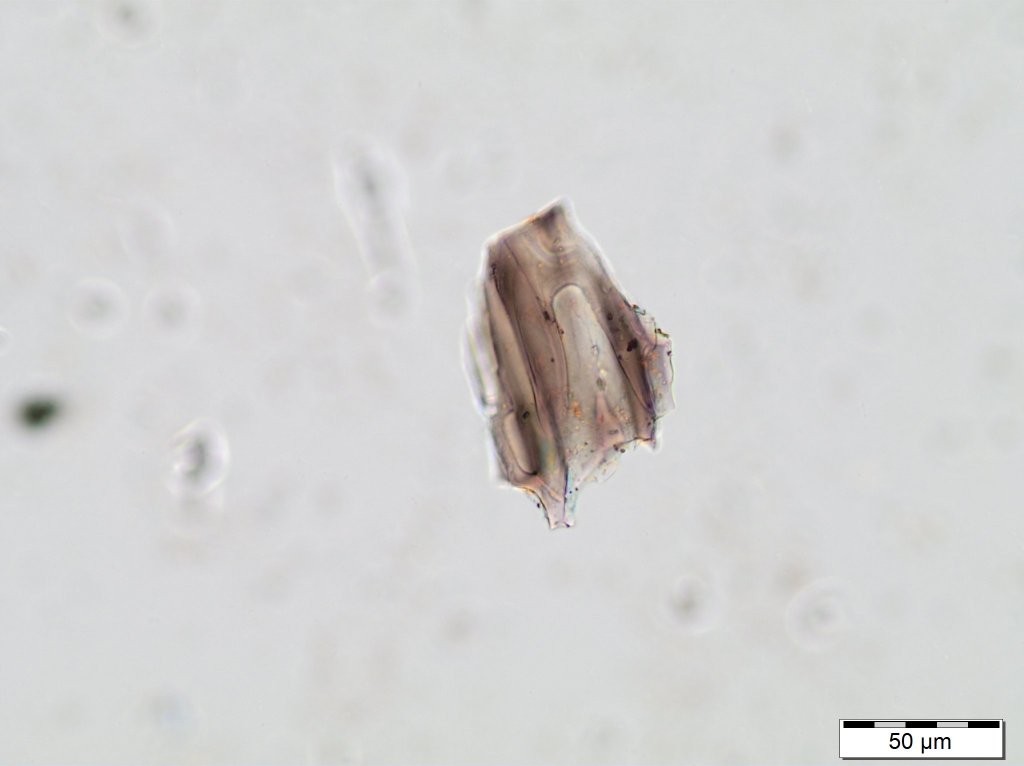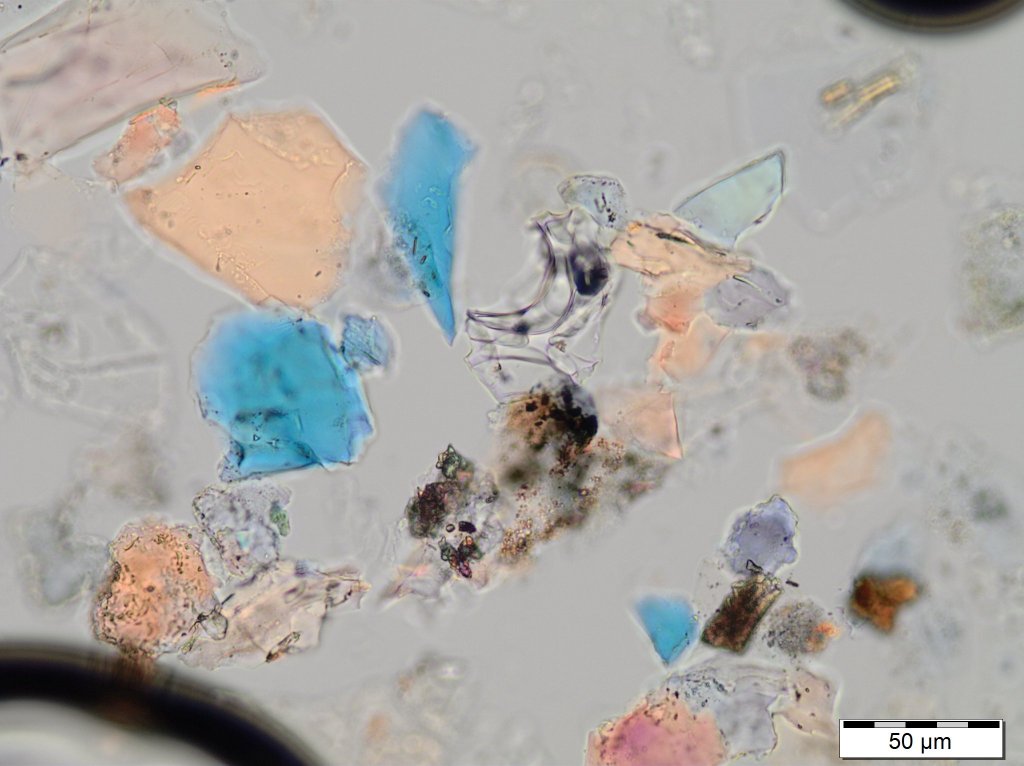Dr Gill Plunkett from Queen’s University Belfast has been busy recovering and analysing tephra shards in sediment cores from the project. The 2010 eruptions of Eyjafjallajökull disrupted flights across Europe and it is an example of the distance vulcanic ash can travel in just a few days. Vulcanic eruptions are rapid processes on centennial and longer timescales and the vulcanic ash contains microscopic fragments called tephra shards, which have a more or less unique composition for each eruption. Fortunately there are databases of when and where past eruptions occured and a description of the shards (e.g. Tephrabase). After further analysis of Dr Plunkett will be able to tell when and where the tephra shards in our sediment cores originated and it would allow us a very accurate date of that sediment layer. See the gallery below for some pictures of tephra recovered from lake sediments in our project.
Waves of Colonisation in the Sea of Moyle
Linking population history, resilience and landscape change of island communities





